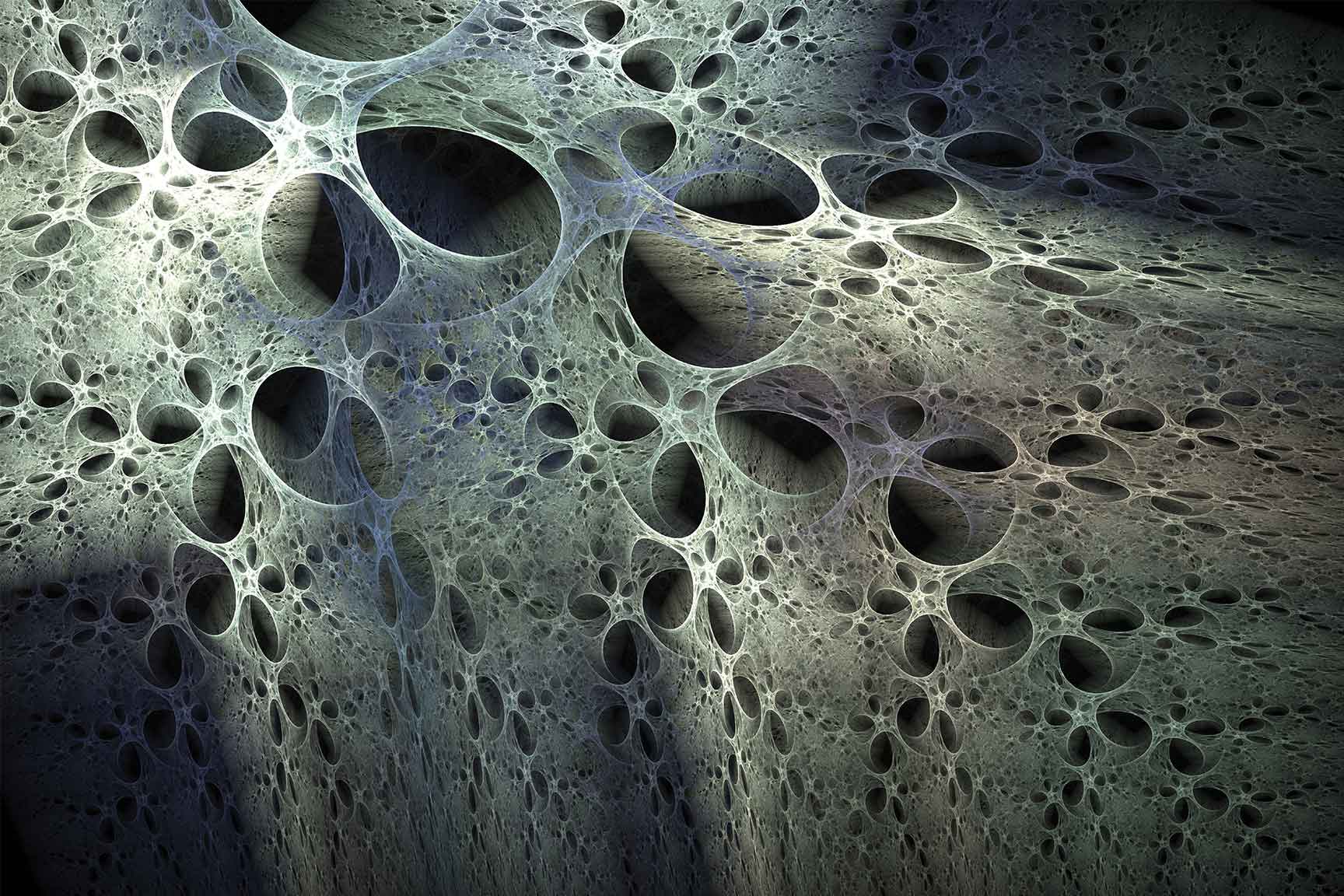News Bytes
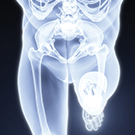
Solving the “fragility” issues in the healthcare industry
Dr. Xiaodu Wang received a National Science Foundation grant for more than $250,000 to study causes of bone fragility and will work with graduate students—Jitin Samuel and Anne Sheldrake.
Nationally, there are an estimated two million bone fractures occurring each year in the United States which cost upwards of $17 billion. Those most affected by bone fractures are elderly citizens. Bone fragility fractures are a major concern for the health care of elderly patients due to their high mortality/morbidity rates and the associated costs, especially on those with a fixed income.
As a natural composite material, ultrastructural changes in bone associated with skeletal disorders (e.g. osteogenesis imperfecta, osteopetrosis/osteomalacia, and osteoporosis) serve as major causes of such fractures. Recent evidence has indicated that the toughness of bone is dependent on three major mechanisms: i.e. damage accumulation (modulus loss), plastic flow, and viscous energy dissipations. Wang and his team of researchers hope to identify the underlying origins of these behaviors which are not only critical for fully understanding the nanomechanics of bone, but also for providing a mechanistic basis for guiding the development of therapeutic regimens that can specifically target these origins.
To address this extremely challenging, but high impact issue, they proposed a synergistic approach combining synchrotron X-ray scattering and unique mechanical testing techniques to simultaneously examine the mechanical behavior of bone at the nanoscopic and tissue levels. Using this experimental approach, they expect to establish a mechanistic framework to describe the behavior of bone constituents (i.e. mineral crystals and collagen fibrils) and its contribution to the bulk behavior (i.e. modulus loss, plastic deformation, and viscous response) of bone. The eventual goal of the study is to identify the nanoscopic origins of bone fragility.
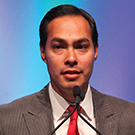
UTSA partners with SACNAS to strengthen the STEM of the nation
UTSA was the first platinum sponsor for the Society for the Advancement of Chicanos/Hispanics and Native Americans in Science (SACNAS) 40th anniversary conference.
Nearly 4,000 participants from around the country participated in this year’s theme of “Strengthening the Nation through Diversity, Innovation and Leadership in STEM.” Highlights included a speech by San Antonio Mayor Julián Castro, remarks by UTSA President Ricardo Romo, and 90 presentations by UTSA students and alumni.
Biomedical engineering was strongly represented with both undergraduate and graduate students winning for their research.
The winner in the Category of Bioengineering/Biomedical engineering was undergraduate Claudio Macias for his work in “Modifying mechanical and bioactive properties of hydroxyapatite scaffolds via collagen coatings.”
The winners in the Category of Bioengineering/Biomedical engineering for graduate oral presentations were Damon Cardenas for his work in “Determination of the effects of hyperbaric conditions on CMRO2 in rats during forepaw stimulation using fMRI” and Justin Garcia for his research on “A structural analysis of twisted veins.”
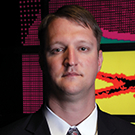
Expert in peridynamics
By: KC Gonzalez
University of Texas at San Antonio researcher and assistant professor of mechanical engineering John Foster will play an important part in a $7.5 million Department of Defense contract to advance the understanding and use of a relatively new mathematical modeling theory called peridynamics, which allows scientists to more accurately predict material failure.
The five-year project will contribute to the advancement of a modeling and predictive simulation framework that will allow the technical community to better understand how heterogeneous materials behave under stress. This could allow for significant improvements in the safety and cost of materials that make up everything from airplanes and cars as well as assisting in energy production technology such as hydraulic fracturing. The project is part of the federal government’s highly competitive Multidisciplinary University Research Initiative (MURI).
The MURI program supports research by teams of investigators that intersect several traditional science and engineering disciplines in order to accelerate research progress. The Air Force Office of Scientific Research (AFOSR) granted seven awards, totaling $67.5 million, to various academic institutions to perform multidisciplinary basic research.
“As UTSA continues toward a goal of becoming a top-tier research university, it is programs like the MURI that give us the proverbial seat at the table,” said Foster. “The opportunity to attend and present at national program reviews with the high-profile visibility of a MURI and where other top-tier researchers are in attendance will only enhance the reputation of UTSA as a serious place for research. Hopefully, our success with this program will lead to similar opportunities in the future.”
Foster, one of approximately two dozen people in the world who specialize in peridynamics, will collaborate with researchers at the University of Arizona, University of Nebraska-Lincoln, Pennsylvania State University and Arizona State University.
As a partner, UTSA will receive $959,153 over the next five years for direct research. The grant will provide additional support for travel, student collaboration and workshop organization.
Including the MURI grant, Foster has been awarded nearly $2 million in research grants since he joined UTSA in Fall 2011. Currently, he is also collaborating with researchers at the University of Texas at Austin to study hydraulic fracture modeling and with researchers at Johns Hopkins University on building materials that can withstand extreme environments.

UTSA’s future in aviation begins with Dee Howard’s legacy
Dee Howard is a legend of the aviation industry in San Antonio, Texas, and is internationally recognized for his development and certification of numerous aircraft safety and performance improvements, and refinements in aircraft flight characteristics.
Today, Howard’s legacy lives on at The University of Texas at San Antonio through an endowment established by his children, Dee Ann Bridges and Lonnie Dean Howard. The permanent endowment in the Department of Mechanical Engineering will be used by the Dee Howard Faculty Fellow to advance research and scholarship in aerospace engineering.
With an additional $150,000 in gifts from other leaders in the community, the fellowship will be elevated to become a professorship, helping to attract an even higher level of expertise in aerospace engineering to strengthen the industry here in San Antonio.
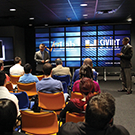
Students join inaugural undergraduate research summer initiative
Over the summer, the UTSA Office of Undergraduate Research and the Honors College partnered with the UTSA Center for Simulation, Visualization and Real-Time Prediction (SiViRT) to host UTSA’s inaugural Undergraduate Research Summer Initiative.
This competitive eight-week initiative provided funding to 13 undergraduate students to engage in cross-disciplinary collaboration and research. The initiative was sponsored by the SiViRT Center with funding from the National Science Foundation.
The 13 outstanding undergraduate students truly represented multidisciplinary research and had backgrounds in engineering, kinesiology, computer science, mathematics, and chemistry.
“Many of these students had no idea that education experiences existed outside of their required lectures and lab courses,” Dr. Donovan Fogt, director of Undergraduate Research said. “Their newfound confidence in their professional preparation exemplifies the need for undergraduate transformative experience opportunities. The impact of student experience outside of the classroom environment is unparalleled. While numerous research opportunities exist across campus, too few students know about them or understand the value of participation and learning how knowledge is created.”
All of the faculty-mentored research projects were presented at the 2013 Student Research Expo with a goal of having undergraduate research initiatives at UTSA help undergraduate students engage in scholarly research to prepare them for graduate school.
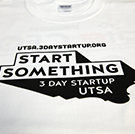
Three days to start a company: Ready, Set, GO!
For the first time, The University of Texas at San Antonio hosted its own “3 Day Startup,” (3DS) an intensive technology business experience that ran from 4 p.m., Friday, Oct. 25, through Sunday, Oct. 27.
Organized by UTSA student organization Collegiate Entrepreneurs Organization (CEO) with support from the UTSA Center for Innovation and Technology Entrepreneurship (CITE), 3DS at UTSA was designed with two specific goals in mind: kick-start new technology companies to the point where they are ready to enter business incubators or accept seed funding, and build entrepreneurial capabilities in students and the university community.
The concept behind 3 Day Startup is simple: start a scalable technology company over the course of three days. By the end of the fast-paced weekend, 28 students from different disciplines—business, computer science, design, engineering and liberal arts—were left standing.
Fueled by free food and caffeine, participants in 3DS spent an intense weekend brainstorming ideas, conducting market validation, devising business models, building prototypes, and pitching to actual investors and successful entrepreneurs. The result was an experience that inspires innovation by requiring participants to actually build and launch companies of their own.
Ideas that made it to the final round of pitches ranged from an app allowing restaurants to increase business through strategic coupon messaging to an engineering app that combines parts catalogs thus streamlining purchases.
